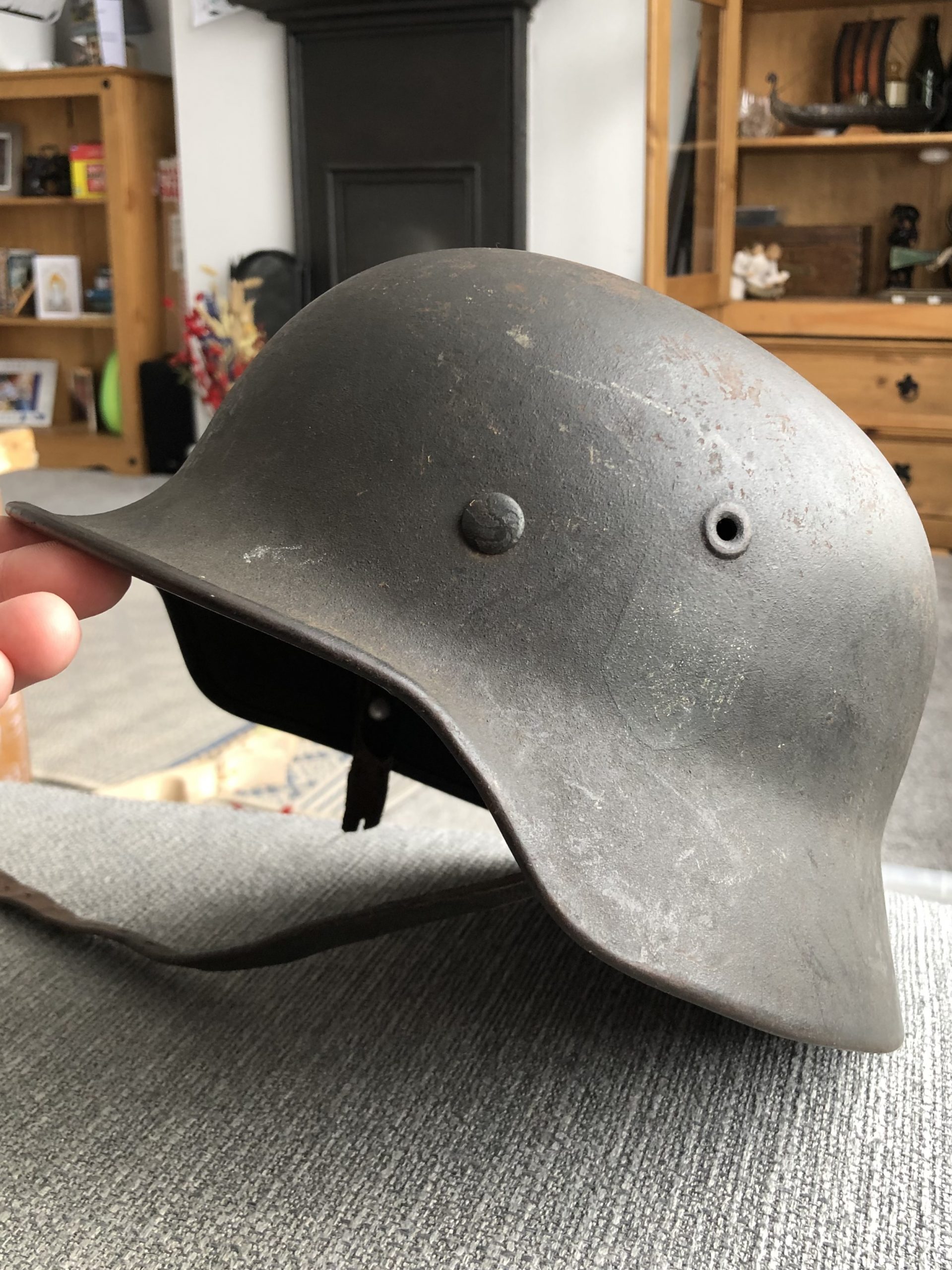
The Evolution And Impact Of Stahlhelm Helmet
Read Count : 379
Category : Blogs
Sub Category : Miscellaneous
Individuals interested in creating collection or memorabilia are not just interest in one item or its significance but also the history and impact it had or people who used or created them had. If you are interested in purchasing or selling ww2 German helmets, you have definitely heard of the Stahlhelm and its impact. Read on to know more about its evolution. The Stahlhelm, worn by well-known auxiliary formations, was a highly effective combat helmet and was therefore used during World War II as well. Its influence can still be seen today in modern military and police headgear, such as the American Army's PASGT Kevlar helmet. This article explores origins, use, and key aspects of the Stahlhelm and its variants. Evolution The Stahlhelm's development began during World War I, replacing the outdated Pickelhaube. The Model 1916 Stahlhelm combined elements of the Pickelhaube and the French 'Adrian' helmet. It offered improved protection, although wearers experienced impaired hearing due to its size and shape. The Stahlhelm underwent iterations such as the Model 1917 and Model 1918, but they had limited distribution. The Model 1916 remained the most widely used headgear till 1935. At this point it was replaced and, in its place, the lighter Model 1935 Stahlhelm was used. The Model 1935 closely resembled its predecessors and featured a distinctive rim crimping. Later it became expensive to produce these helmets and production was discontinued. In 1940, the 1940s model Stahlhelm, nearly identical to its 1935 model, was introduced with minor modifications. Its tri-color shield and Wehrmachtadler emblem were removed, and ventilation holes were increased for efficiency. The Model 1943 Stahlhelm, introduced in 1942, was stamped from a single sheet of steel due to wartime production challenges. This alteration eliminated rim crimping, resulting in a sharper appearance and slightly increased helmet size. Uses Despite the production of various Stahlhelm models, none were removed from use for German forces. The1935 and 1940 modelsremained in use by foreign units. Specialized Stahlhelm versions included the Fallschrimjaeger helmet for airborne troops and lightweight plastic Stahlhelms for non-combat purposes. The Stahlhelm's superior protective capabilities, lightweight design, and mobility contributed to its effectiveness on the battlefield, aligning with the Wehrmacht's blitzkrieg tactics. Its legacy continues through the influence it exerted on subsequent military and police helmets. Now that you know the changes even this helmet has gone over the years you can choose to purchase a Nazi helmet while ensuring its authenticity and wondering about its historical impact.
Comments
- No Comments

